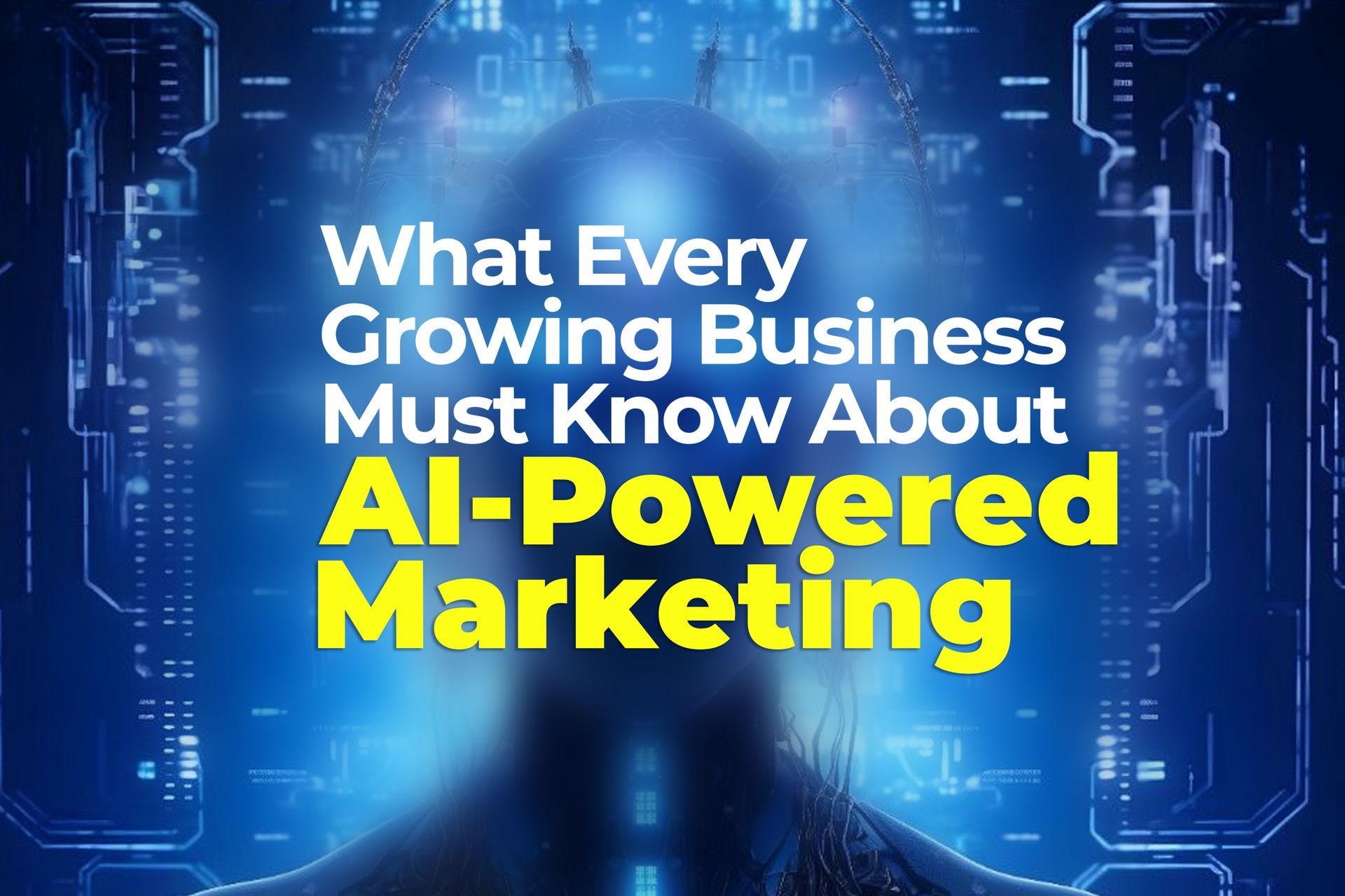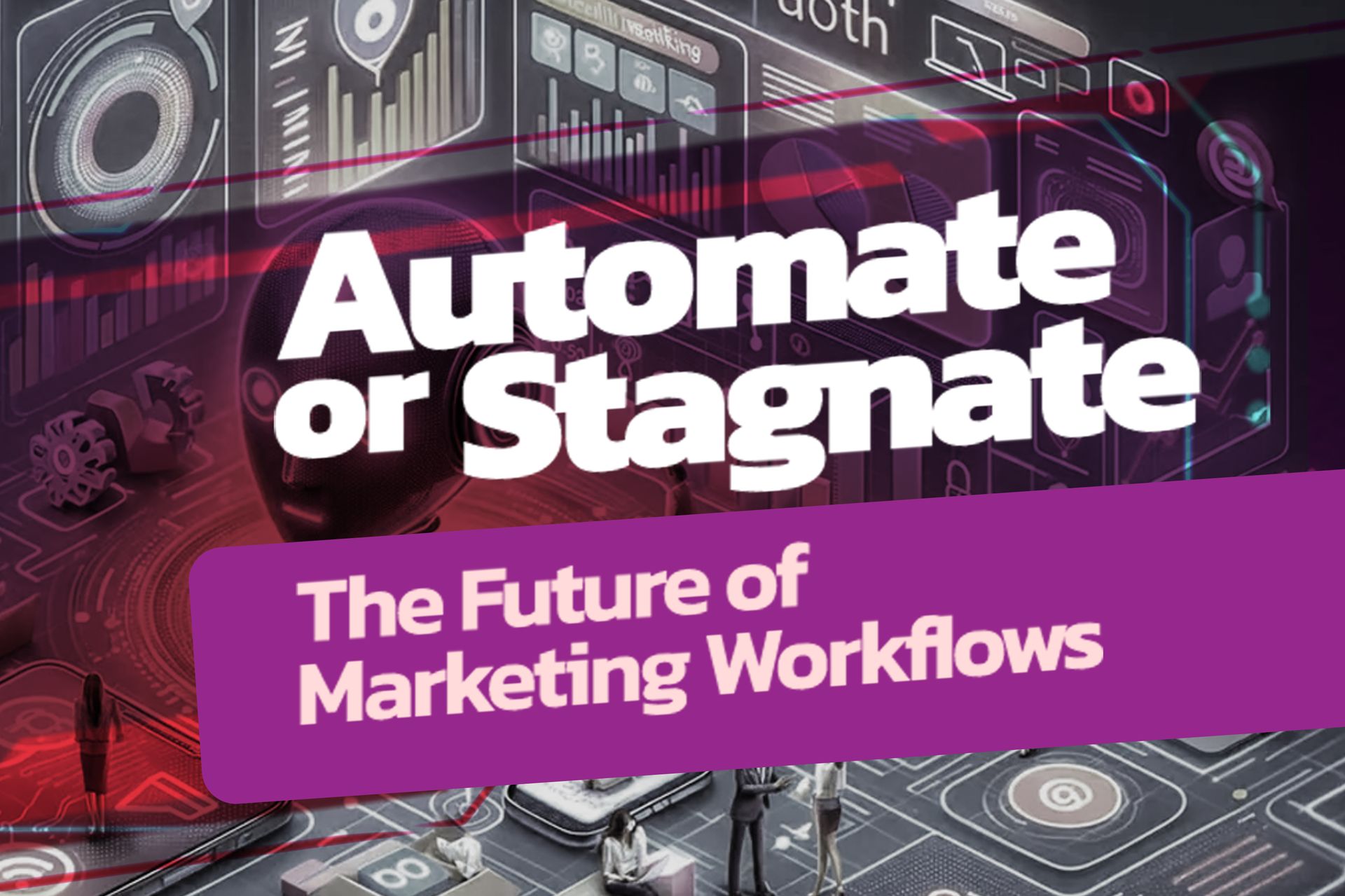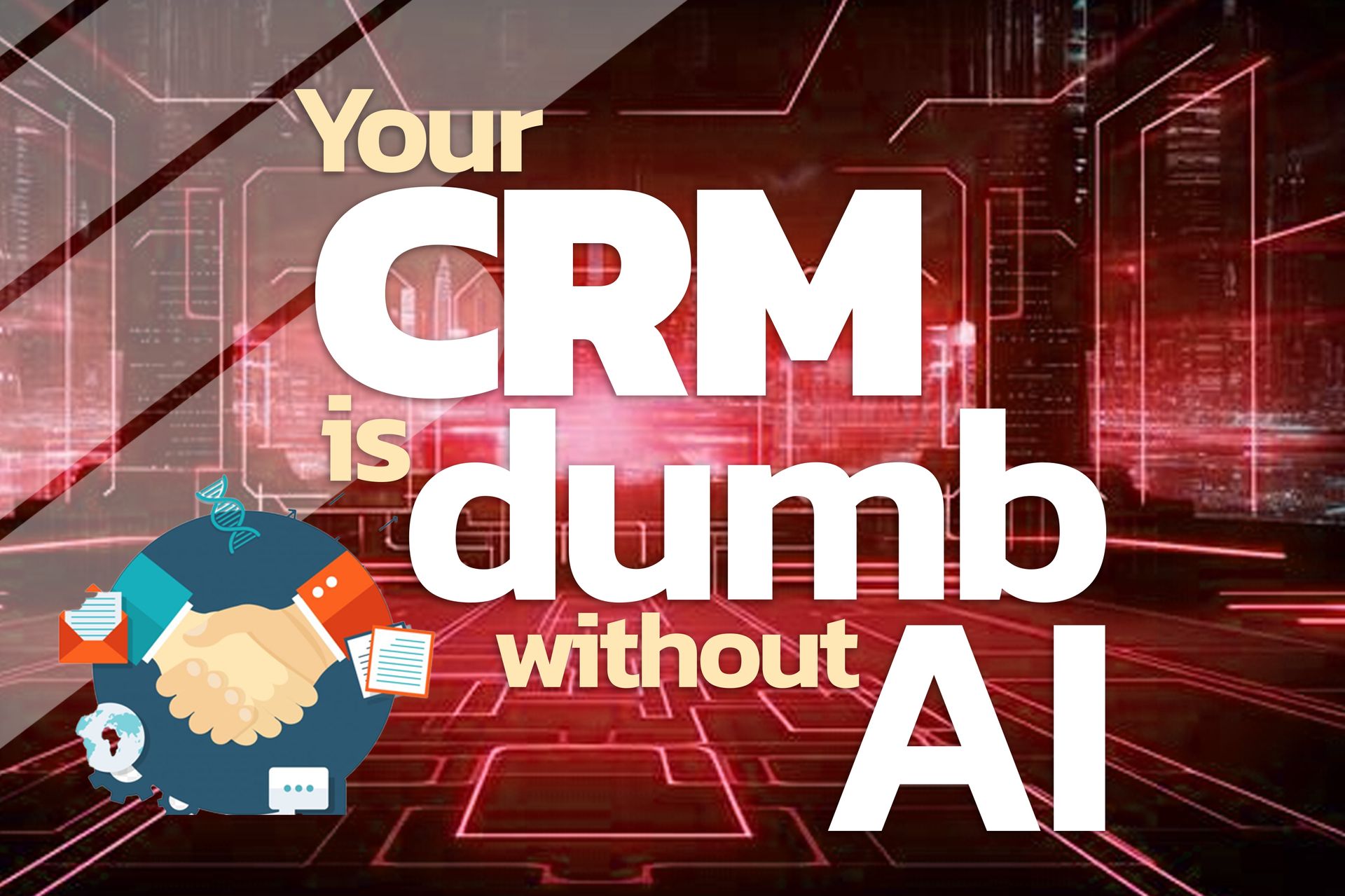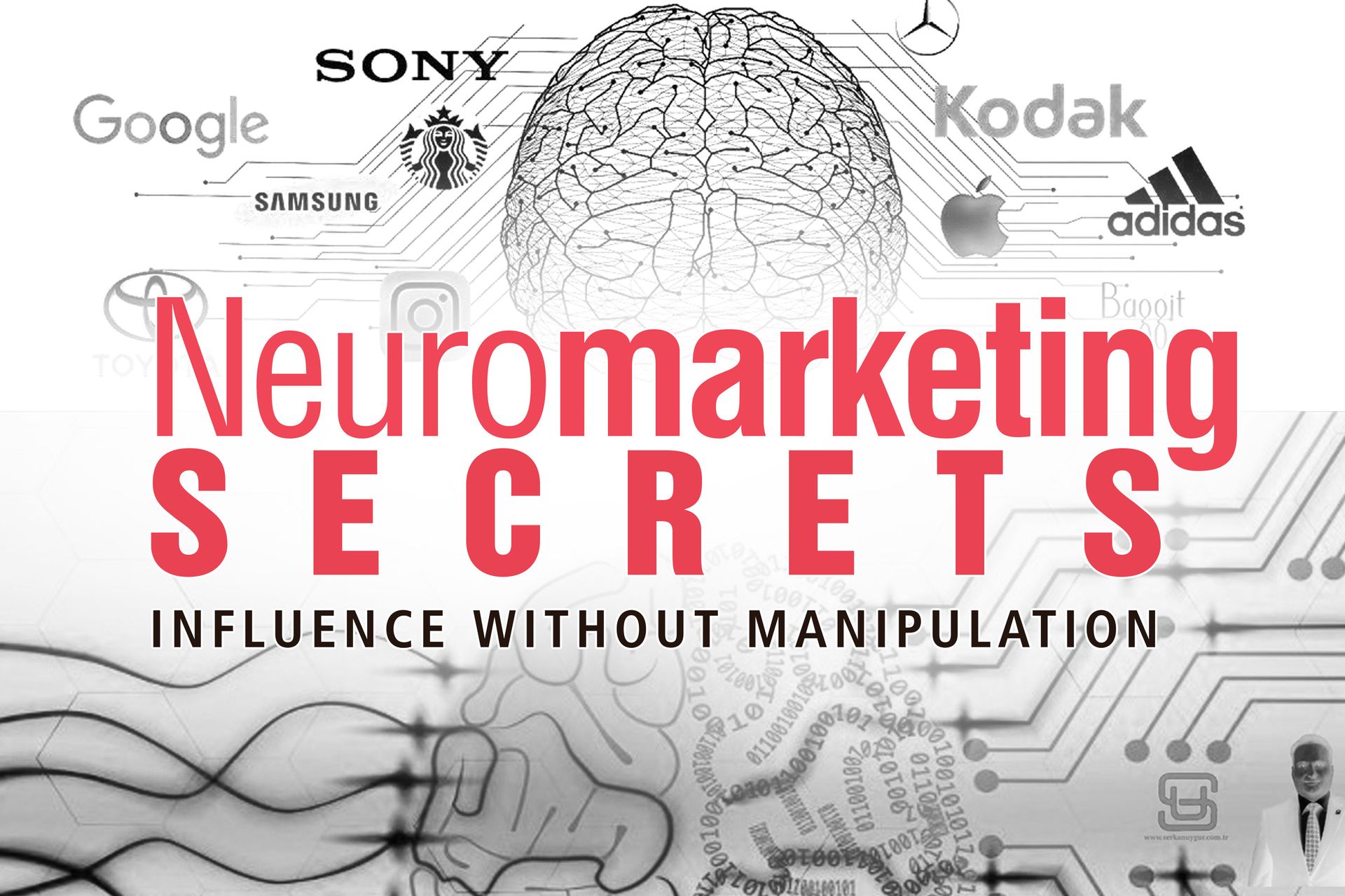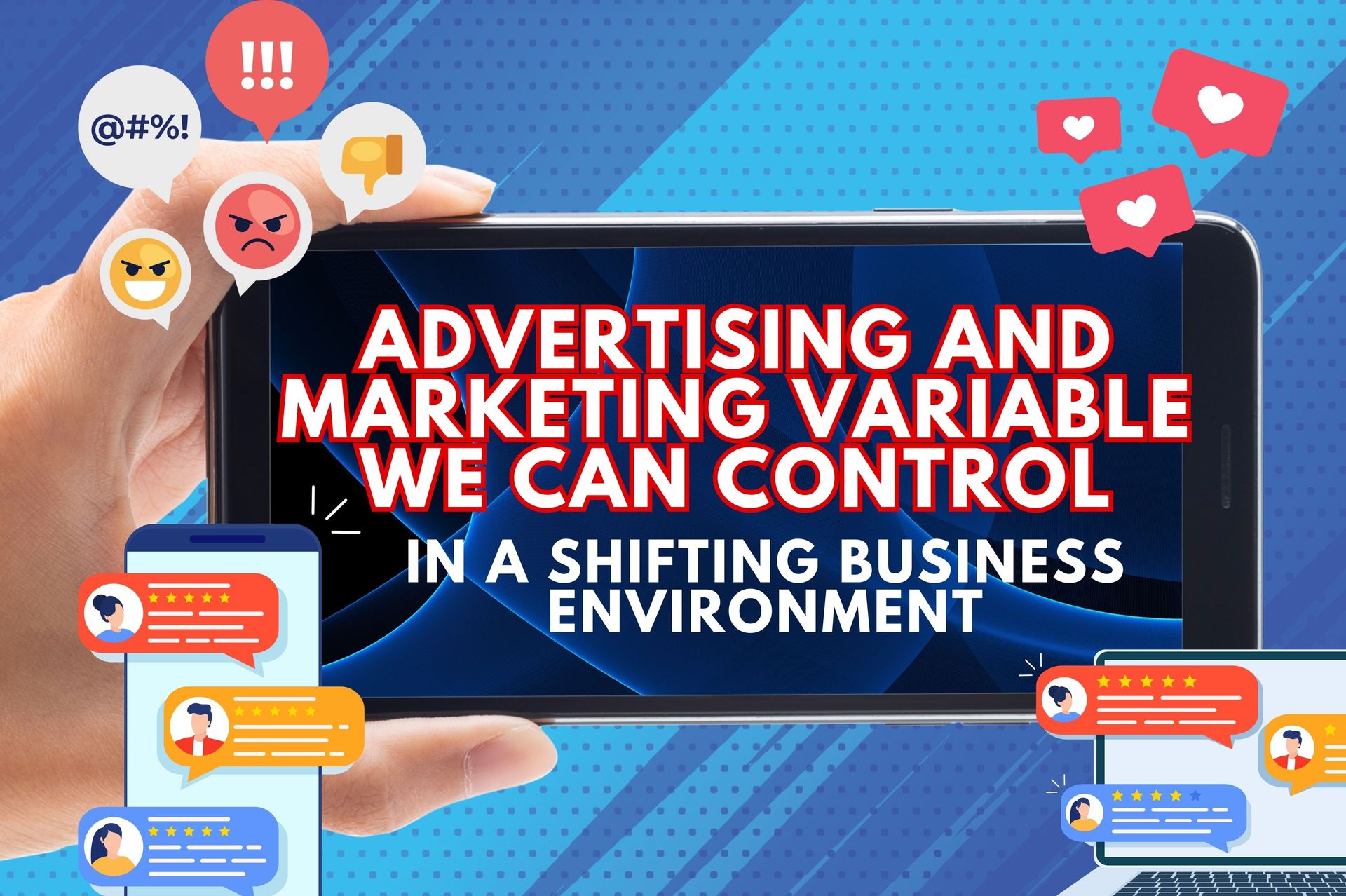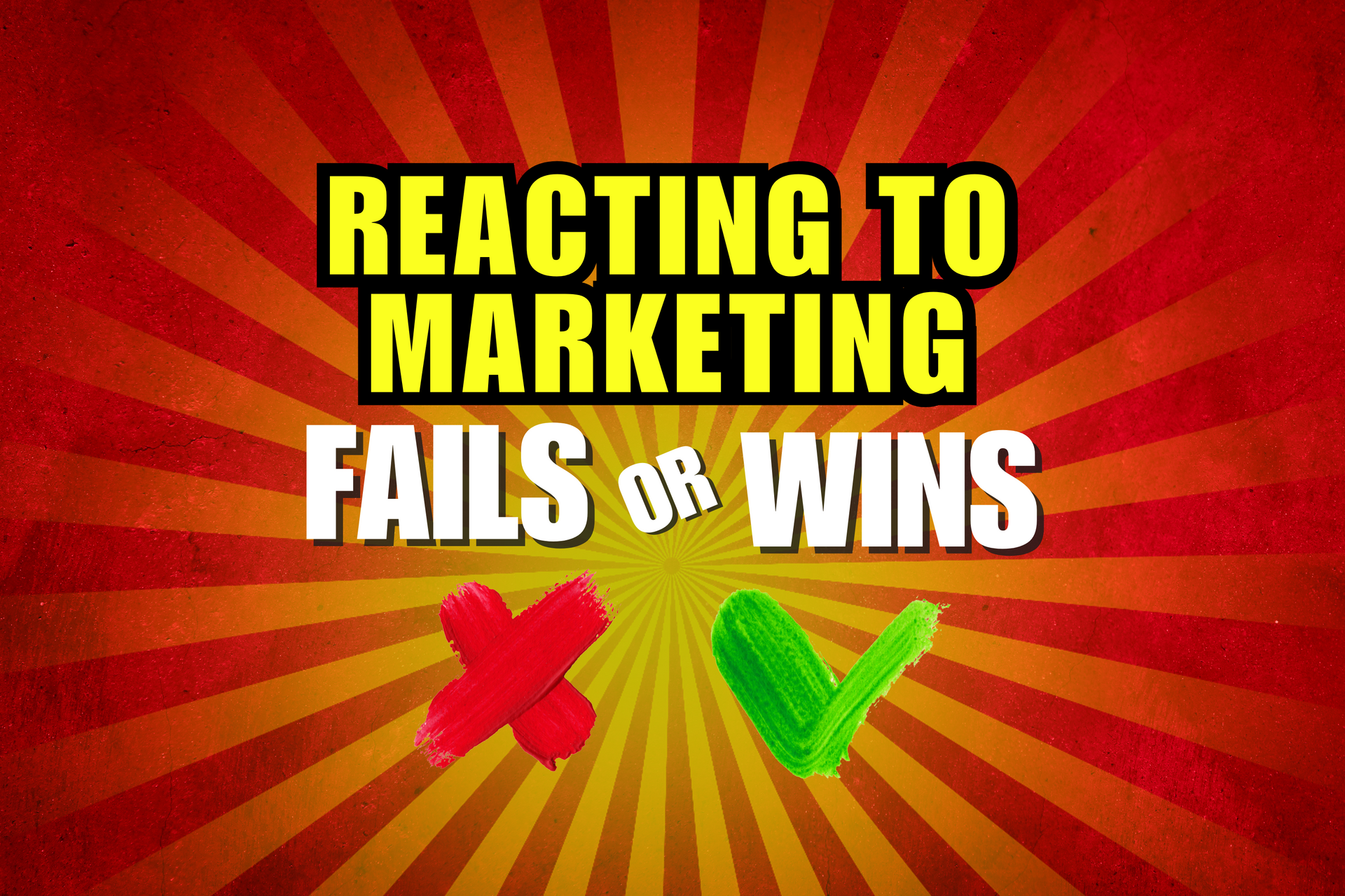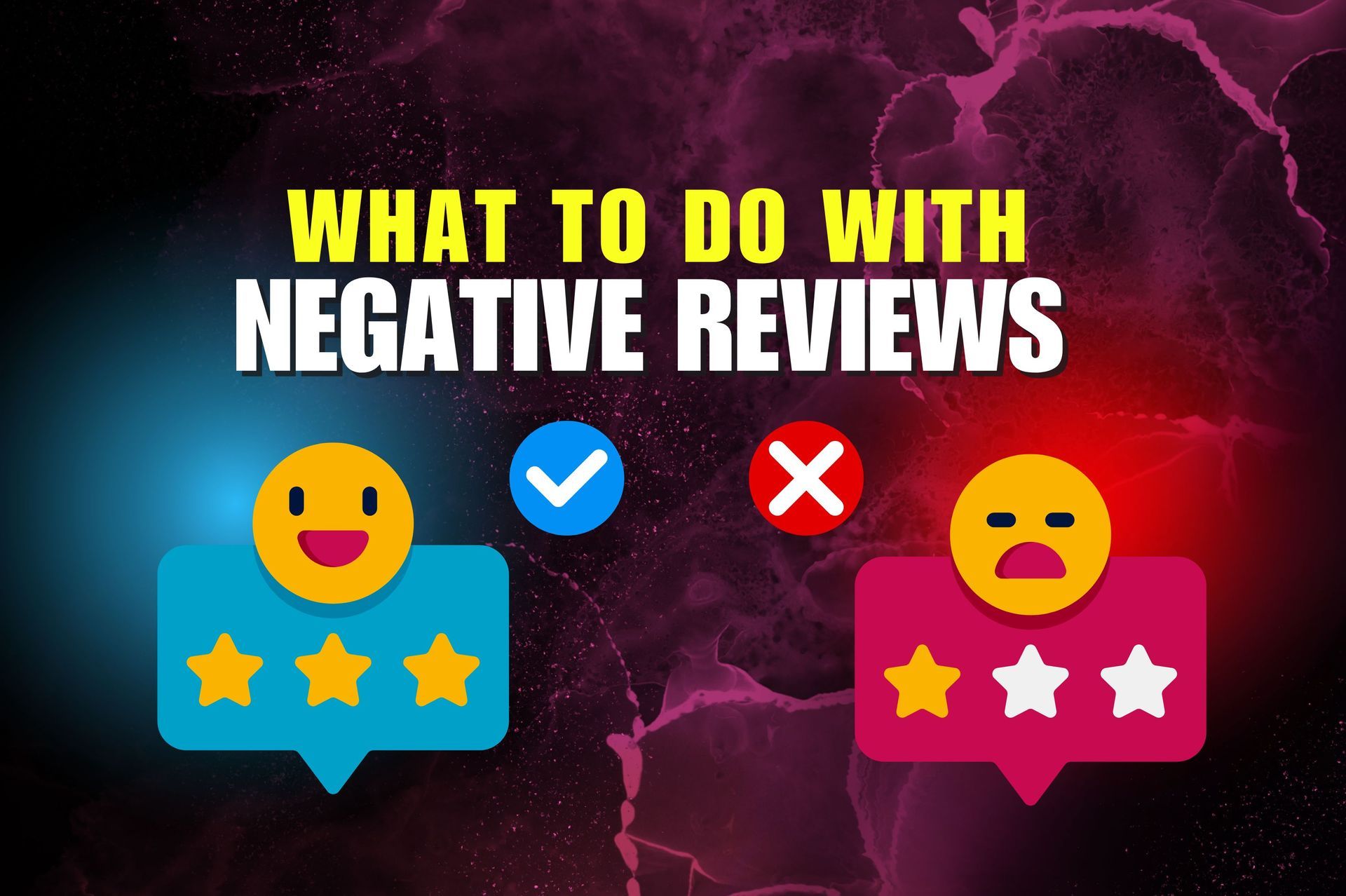Quick & Dirty - How Conquer Your Competition with 3 Simple Ads
Zack Greenfield • December 29, 2020
Welcome to another episode of quick and dirty marketing. So today we're going to cover the three types of ads you need to be running for your business. Now, the first type of ad you need to be running for your business is called a branding ad. A branding ad shows your brand, maybe your product or your service. It could be your, you know, your overarching brand, but you may have a certain product or service that you want to remind people about.
So you can even brand that, but branding ads are going to show whatever that is in a favorable light. And they act as a reminder that that brand is available to solve your prospect's problems. I remember, and I always say this you're in business to solve problems. So this branding ad reminds people that you're out there ready to solve that type of problem that they may have. That's just that simple. So would you want those ads to be positive show the product or service, you know, in a way that, uh, communicates how great it is and you want to do that with really good imagery and remember our three to five rule or three to five word rule, and Angie could pop that video right here. Make sure you go back and watch that. Okay. So a branding ad and let's look at an example, a branding ad will show your brand, show your logo and communicate what your primary core service or value is that you're offering.
Now the next type of ad that you need to be running is called a direct response ad or a direct offer ad. Sometimes. Now those are the ones that people really think about when they think about advertising, because those ads are designed to elicit a response, an inbound response from your prospects so that they buy from you. Right? So the way to think about that, and one of the best ways to think about marketing in general is that marketing is an outbound message designed to create an inbound or elicit an inbound response. All right. So direct response ads really follow that core objective that we all have when growing our businesses, these ads are going to be ads. You're very familiar with. They're going to be a percentage off a discount, a coupon ad, a bounce back, add a limited time offer at launch, add a VIP, add, um, a limited quantities.
Add any of these that are designed to create urgency or some sort of sense of special deal that people need to take advantage of right now. So they need to respond. Okay. So when we go dive into making those ads specifically, we're going to cover all the little dirty details with that. But those direct offer ads are the ones that you think about when you think about advertising. In most cases is, Oh, I need to put some sort of deal out. So people, you know, come and talk to me. The other one, you know, is like a loss leader type ad something cheap. You get people in the door or door busters, right? All of those are direct response type ads. All right. And you need to be running them for your business because you need to be creating some messaging out there. That's really going to bring that inbound response.
Now the last type of ad, and this is the one that most people forget about. And that's the reason I left it for the end of this video. So if you're sticking with us, you're getting the secret sauce sauce right now. The last type of ad that you need to be running is a reputation ad. Or I like to think about it. I like to think about it this way is that you need to run ads that control the narrative around your business. Okay? So these reputation or third party endorsement type ads are ads that show other people's experiences with your brand or that prop your brand up with like third party support. So that might be like as seen on TV. That's actually a reputation ad because the implication of seen on TV must mean it's good. Okay. But the other ones that were great for local businesses are, um, where you have a customer quote or like from one of your reviews, right?
So you want to go back and look at our reviews and our videos about how to get reviews and how important reputation is. This is the time to take those reputation remarks, right? Those reviews that you've gotten and convert them and remarket them out into the world so that everybody can see how great your customers think you are. This is a really important type of ad because it overcomes the objection that most people have when buying that. They're the only ones and they bite and be an idiot to buy from you. But if you run reputation ads and you show them that lots of people are happy with your product or service and that lots of people buy from you. And they're just like the person who's looking at the ad, then that completely dissolves that objection and gets them more indoctrinated into feeling with your brand and feeling comfortable and trusting you.
So another way to think about these types of ads is that they bill a lot of trust for your brand. It's one thing for you to say how great you are, but it's another thing to show everybody how great everybody else says you are. Okay. So let's take a look at a reputation type ad. Angie could pop that right there and you can see reputation ads we'll have like a quote or maybe a picture of a happy customer. And in some cases they might even be a story like a long length video or something like that, about how a great problem was solved or like an interview, or they could even be part of a webinar. I mean, these can take a lot of different forms and marketing because they're so powerful. But I see so many businesses that for one don't even understand that they need to be doing that.
And they definitely aren't running this type of ad, but it works really well with the rest of the strategy. You throw it off her ad out there. You need to back that up with some reputation ads so that people feel comfortable taking the offer because they can see other people were so happy with you and your product or service. Okay. So then those are the three types of ads. Stick with us. We're going to break these down in individual videos and go over how to construct them and what their core ingredients are that you're going to need to have.

